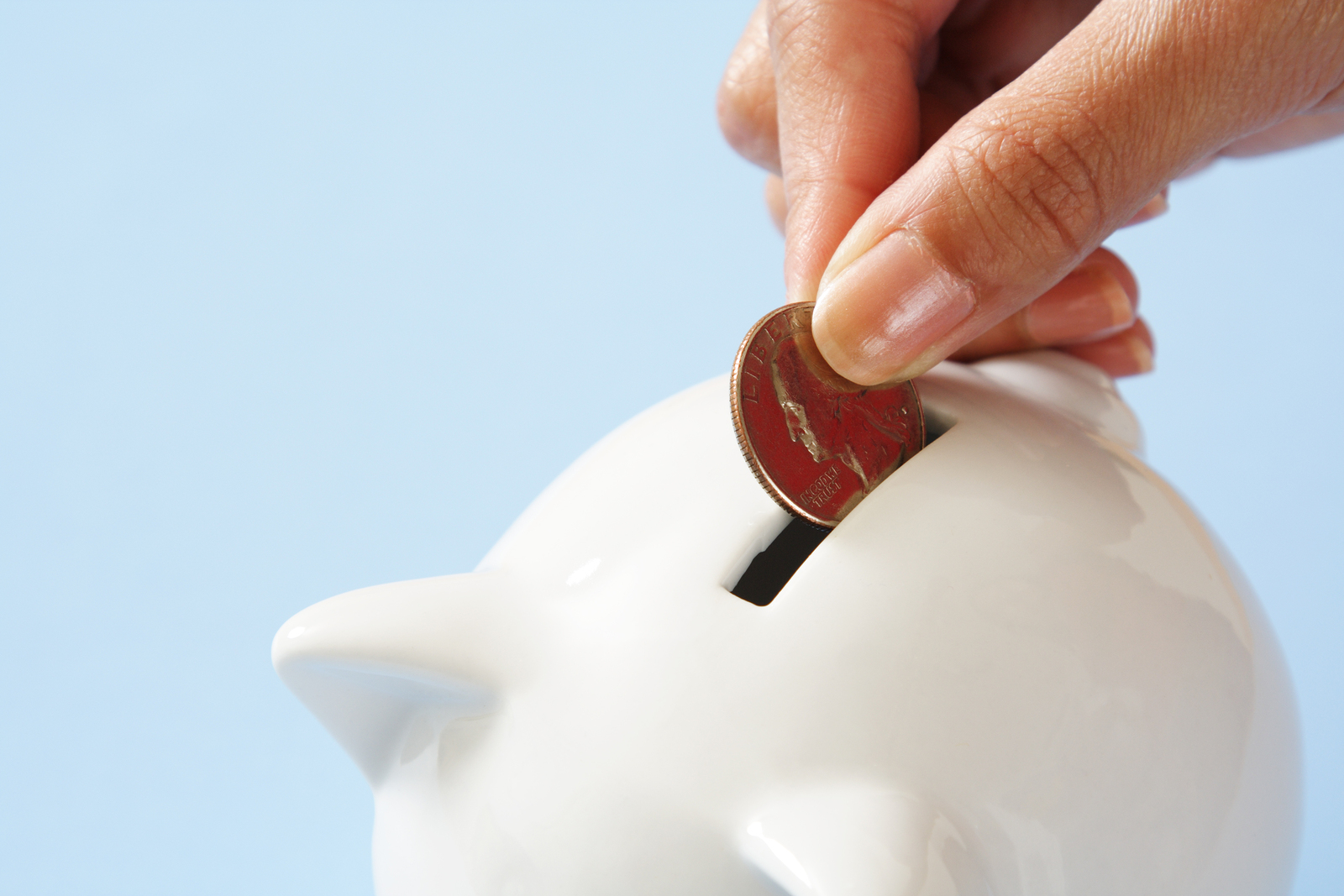You’re making the effort to stick to the 80 percent rule. Things are going well. Now it’s time to start setting milestones. Having goals can help keep a saving plan on track and motivate you to save as much as—or more than—you can. Before you start savings for a vacation or a new car, you should think more practically.
Your first milestone should be building an emergency savings account. This is a type of fund that should be separate from your normal savings and checking accounts or any retirement accounts you have. The money you contribute to your emergency savings account should be used only to counteract unexpected expenses like medical bills, car maintenance, or home repairs. The things that life throws at us which we could never have planned for is why we must have an emergency savings. If you don’t first insulate your financial plan from unforeseen costs, these events can have ruinous effects on your financial future.
Ideally, your emergency savings account contains about three to six months of living expenses at any given moment. But, if you’re just getting started, you’ll need to ramp up. You’ll want to begin by examining your monthly budget. Knowing how much you spend each month is foundational to knowing how much you can and need to contribute to these funds to reach the ultimate saving goal of six months’ living expenses.
This total could vary based on your situation, but six months’ expenses should accommodate most: small families with predictable incomes, renters with little safety net, newlyweds, homeowners. If your income is less predictable and subject to fluctuations, then you might consider building more of a safety net for you and your family.
To get going in the right direction with your emergency savings account, there are some basic things you can do.
Start small
Most likely, your money needs to go to a lot of different places. If this is a new priority for you, don’t let it overwhelm you or offset the progress you’ve been making in other areas of your financial plan. You don’t need to sink a full month of living expenses into this account immediately. The best time to start saving was yesterday, but in lieu of time travel, you might as well start today. So, to get started, put in what you can, what comfortably fits with your current budget.
Make it a habit
This will make saving for your emergency fund something as automatic as paying your cell phone bill or buying groceries – even if you’ve only been making minor contributions. Making this a habit means it’s a behavior that you can now plan for. It’s time to go back to your financial plan and start to make tweaks that account for your emergency savings contributions.
Set an end date
Know when you want to reach your saving goal. Having an end date in mind can help prevent you from making excuses for skipping a contribution or not ramping up your contributions when you can. The clearer your timeline, the more you will be motivated to act with urgency and position yourself for a successful financial future that should be protected from catastrophe.
If you struggle to save, starting with an emergency savings account can be a useful introduction to the habit of saving and can set you up for a long-term retirement plan. I have worked with clients coming from starting points across the full range of the financial spectrum. With many years of experience serving clients, I have learned quite a bit about what it takes to gain financial clarity and secure a successful financial future. You may want to start learning about your own situation with my Retirement Quiz to discover what financial habits you are getting right and which might be damaging your financial future. Once you know these answers, you can start taking positive action to build a brighter future for you and those you love.


 Subscribe To The Blog
Subscribe To The Blog